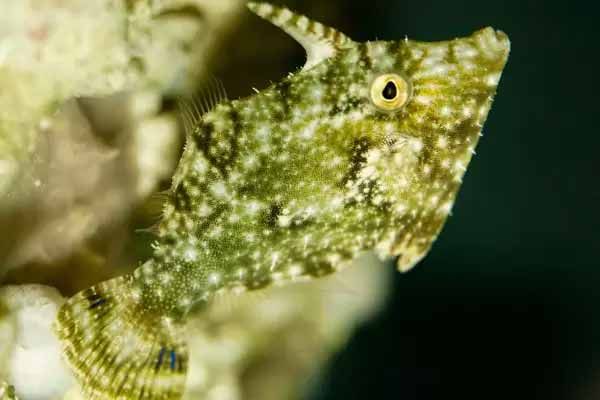The Majano Anemone is a type of anemone that is considered to be a pest anemone in the reef-keeping community. It often hitchhikes into aquariums inadvertently from the purchase of live rock or coral typically. These anemones can also infest your reef tank when buying fish. If a Majano anemone is disturbed it can release microscopic spores into the water which can then be captured in the bag with your fish.
Some things we’ll cover about this pest include how to identify a Mojano anemone, how to get rid of them, and we will also discuss the similarities between Mojano anemones and other types of pest anemone such as Aiptasia and Ball Anemones.
Best Methods For Getting Rid Of Majano Anemones
Is the Mojano Anemone Good or Bad?
Majano Anemones are generally considered bad to have in your reef tank because they can sting corals that you do desire. They have been known to detach from one location in your aquarium and float around until they find a more desirable location to live.
Another undesirable quality of the Mojano is that it tends to multiply and spread until it has carpeted your reef tank with stinging copies of itself.
Like the better known Aiptasia pest anemone, it will spread its spores if threatened which makes it very difficult to remove without causing a large outbreak of anemones throughout your aquarium.
Majano anemones are more attractive than Aiptasia but don’t let this entice you to keep them. If you have any other corals of any kind in your aquarium the Majanos will outcompete them by multiplying and stinging them until they are dead.
What will eat Majano Anemones?
Predators are my preferred method of dealing with pest anemones. Many of the predators that eat Aiptasia anemones, unfortunately, will not eat Majano anemones. I’ve had a lot of success with peppermint shrimp to get rid of Aiptasia however, these shrimp have mixed reports about whether they will eat Majanos. I personally would not rely on them for eradicating Majanos. Berghia Nudibranch also does not eat Majano anemone. Copperband Butterfly and Foxface are reported to not eat Majano.
The one predator that will eat Majanos is the Bristle Tail Filefish. This is my best suggestion for how to get rid of Majano anemones. Unfortunately, these are not 100% reef-safe fish but they aren’t likely to do much damage. They are known to nip at clams, zoanthids, and mushrooms. Another concern with the Filefish is that it is opportunistic and may eat various invertebrates such as snails, hermit crabs, shrimp, etc.
If you are dealing with a Majano infestation but don’t like the idea of a Filefish wreaking havoc on your corals and invertebrates you may consider purchasing one to eradicate your Majanos and then give or sell it to a friend or local fish store. I will suggest you wait a month or so after you believe your Majanos have been eliminated to ensure as best as possible they are gone before you give up your little Majano hunter.
How to Get Rid of Majano Anemones?
Like Aiptasia, you can use methods such as Kalkwasser, Aiptasia-X, or Joe’s Juice to kill the Majanos. I don’t recommend this mainly because when a Majano feels threatened it will release spores into the water and your single Majano will become a vast carpet of baby Majanos.
To effectively kill a Majano with Kalkwasser, Aiptasia-X, Joe’s Juice, or similar chemicals you must inject the chemical directly into the central orifice or mouth of the Majano. If done well this will seal the mouth of the Majano and prevent it from releasing spores. This can be difficult to do under the best of circumstances. When a Majano is in a difficult-to-reach location it can be next to impossible.
If your Majano anemones are particularly large you may actually want to attempt to kill them with chemical injection. A smaller filefish may be unwilling or unable to consume a particularly large Majano. If you succeed without releasing spores it’s a win. If you don’t this would be where I would have a Filefish as a backup to graze on the spores as they take hold and begin to grow.
There are other suggestions I’ve seen online such as using a laser, lemon juice, boiling water, etc. but I would try these solutions only after trying Filefish and chemical options first.
Majano Wand
The Majano Wand is a rather expensive tool that claims to destroy Majano and Aiptasia anemones on contact. It appears to do this quite well, however, I suspect that the anemones are still releasing spores prior to their death.
The Majano Wand works by converts water molecules in the anemone’s cells into hydrogen and oxygen which causes the cells in the anemone to burst and disintegrate.
It does look quite satisfying to zap these annoying pests with this wand though. It may be worth the cost and the spread of spores just for the retribution.
It’s a clever bit of tech but I wouldn’t recommend it over the previously described options for eradication considering the cost.
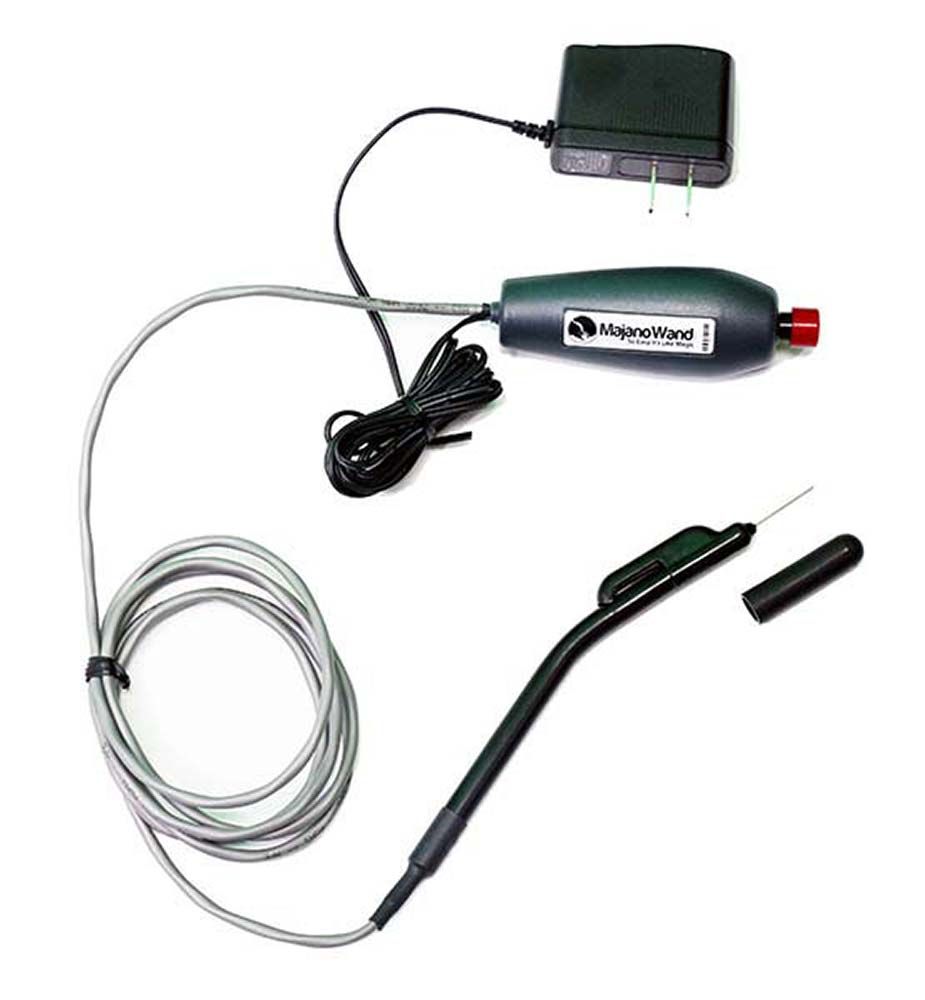
Majano Anemone Identification
Majano Anemone vs Aiptasia (Glass) Anemone
Majano anemone sometimes gets mistaken for Aiptasia but they actually look rather different. Aiptasia has thin tentacles while Majano has thicker and more rounded tentacles. Majano is generally more colorful while Aiptasia tends to be fairly colorless and transparent. New reefers often find them desirable and are tempted to keep them as they are not unpleasant to look at.
Majano Anemone vs Ball Anemone
Aiptasia and Majano are sometimes confused with what is called a Ball Anemone. This is a misnomer as the Ball Anemone is actually a mushroom coral. The Ball Anemone tends to be more colorful like Majano but also transparent in parts like Aiptasia. The tentacles are thin and spindly like Aiptasia except for the ends which are capped with a small ball shape.
Majano Anemone
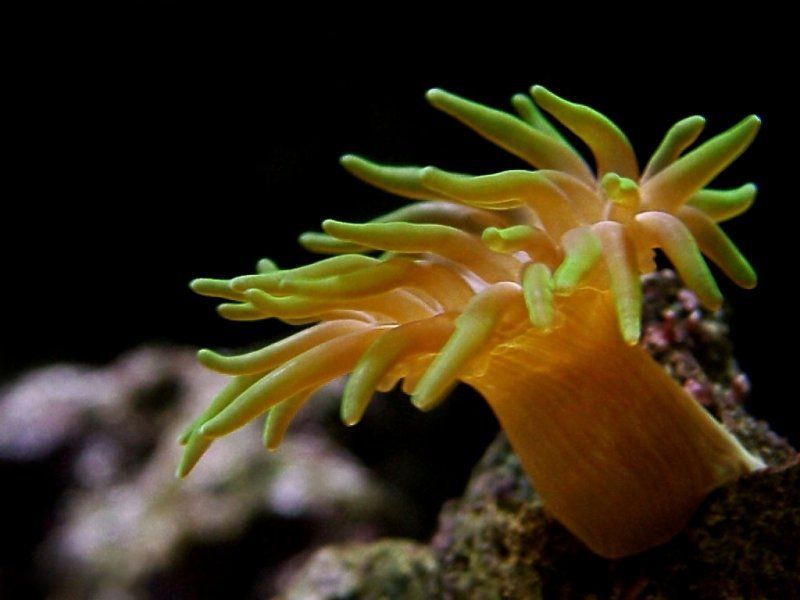
Majano Anemone
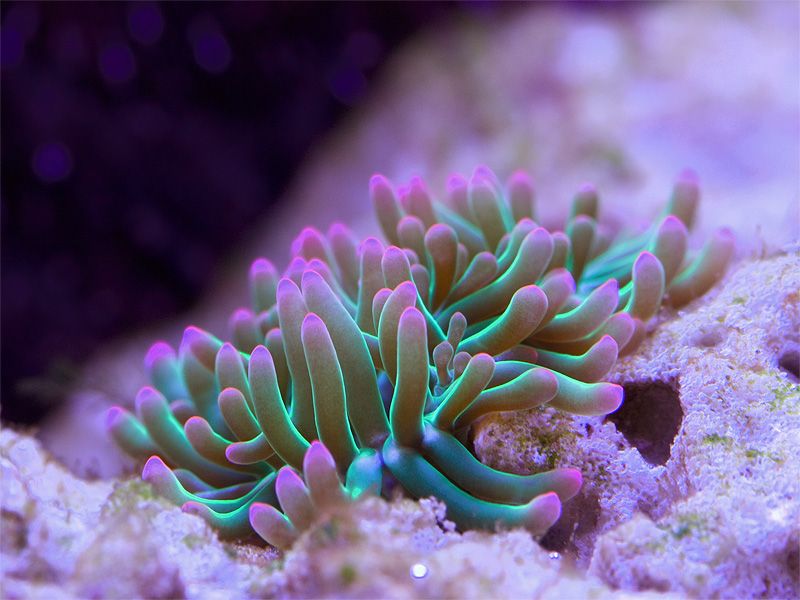
Aiptasia Anemone
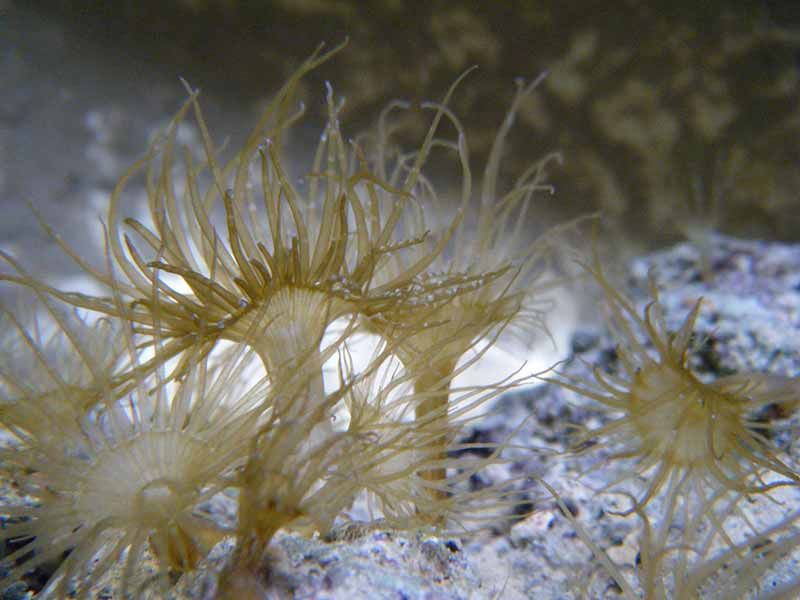
Ball Anemone
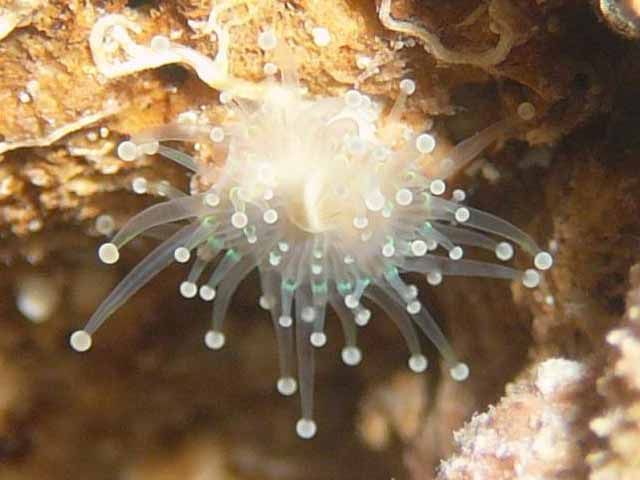
How do I keep Majano Anemones from getting into my tank?
The best way to keep any pest out of your aquarium is to use a quarantine tank for anything you plan on putting in your aquarium. Strict use of a quarantine period and close observation before moving anything into your main aquarium is a smart move although even this method isn’t foolproof.
To help bolster your chances of avoiding Majanos you should also be sure to buy additions to your aquarium from reputable retailers.
I generally like to support my local fish store but in this case, I would suggest only buying fish and corals online. Well-known retailers tend to need to maintain high standards and spreading pests such as Majanos is not something they want to be known for doing.
Final Thoughts
Unfortunately, pests are almost an unavoidable part of this hobby. Most people aren’t going to quarantine everything they put in their tank. Even those that do could still have something slip past the goalie.
It can be difficult to be certain you have a Majano or other pest in your aquarium. Compare closely with known pictures of Majanos. If it isn’t something you intentionally bought it almost certainly is a Majano or some other pest anemone.
If you have Majano anemones your first course of action in my opinion is to get a Bristle Tail Filefish. These are the only predator confirmed to eat Majanos. Some claim Peppermint shrimp will but others have found they don’t.
Most other methods of removal tend to only make the problem worse. Like Aiptasia, Majanos release spores when disturbed. A natural predator is the only real solution.
